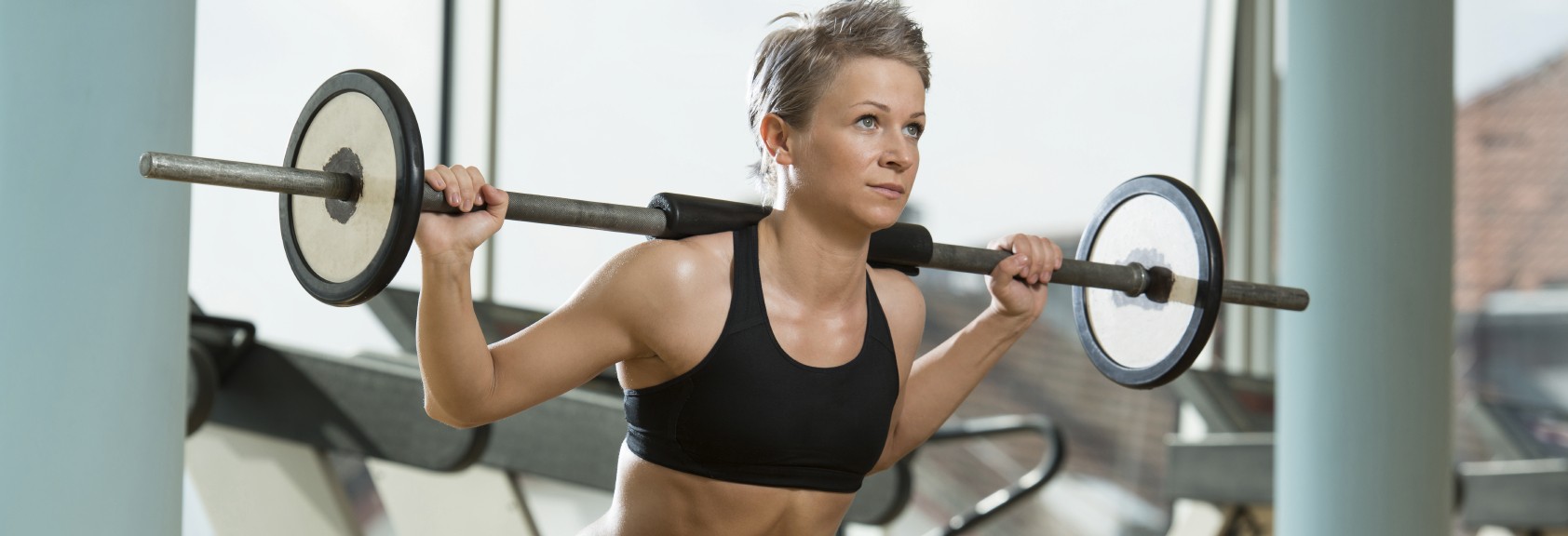
You have a lot of options when it comes to strengthening your legs. And because of this variety, it can be quite difficult to decide which exercises are best at doing the job. This decision becomes especially difficult when you’re faced with the topic of squats, particularly the front and back squat.
So which is better? Front squat or back squat?
 The answer depends on your specific goals, mobility/flexibility, and anatomy. While both the front squat and back squat have been shown to work major muscle groups such as the abdominals, hamstrings, quadriceps, adductors, glutes and lumbar spine, there are some key differences I’ll highlight to best help you make the decision when it comes to deciding which one is better for you.
The answer depends on your specific goals, mobility/flexibility, and anatomy. While both the front squat and back squat have been shown to work major muscle groups such as the abdominals, hamstrings, quadriceps, adductors, glutes and lumbar spine, there are some key differences I’ll highlight to best help you make the decision when it comes to deciding which one is better for you.
The front squat:
- More emphasis on muscles in upper back and quadriceps
- Requires stabilization of the core and upright positioning
- Requires more flexibility to perform optimally, especially in the back, ankles, shoulders and wrists
- Can be safer for the lumbar spine due to lack of lumbar flexion and more upright positioning*
- Ideal for power athletes and Olympic lifters, as it translates to an improved clean and jerk
The back squat:
- More emphasis on muscles located in the glutes and lumbar spine
- Easier to execute at heavier loads
- While proper form and adequate mobility should be stressed, this exercise tends to require less flexibility, especially in ankles, shoulders and wrists*
*both squats can harm the back if performed improperly
The final word:
When it comes to deciding whether the front squat or back squat is better, both deliver on strength, power, and building lean muscle mass. Ultimately these exercises are very similar when you want to work on your leg strength but emphasize different muscle groups. And while one activity requires more flexibility, it’s always important to make sure you have enough mobility and flexibility to perform each move in a safe manner.


